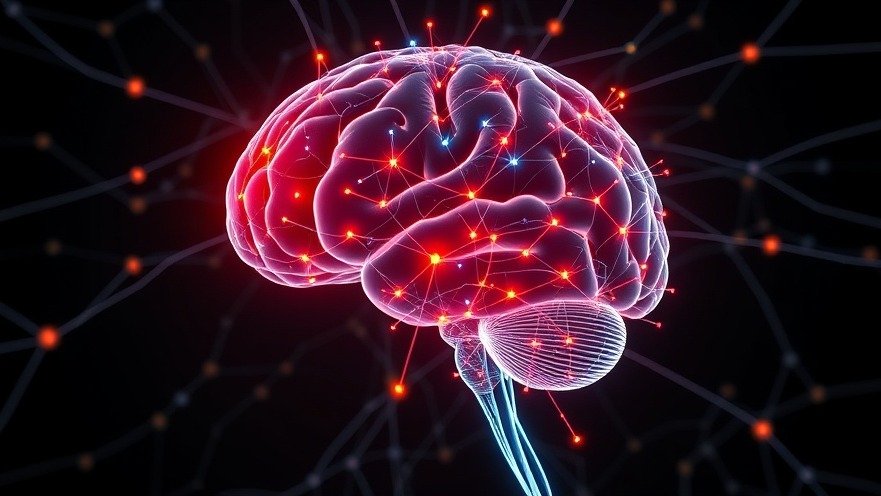
Understanding Facial Palsy and Its Treatment Options
Facial palsy can be debilitating, affecting not just the way someone looks, but also how they feel about themselves. It can arise from various causes, including trauma, surgery, or neurological conditions. The inability to control facial muscles typically results in asymmetry, particularly around the mouth, leading to challenges in everyday communication and expressions.
Patients often undergo nerve transfer surgery to restore facial function, but results can vary. While some regain partial control of their facial muscles, others experience ongoing issues such as drooping, especially at the corners of the mouth. This is where innovative treatments like botulinum toxin type A (BoNT-A), commonly known as Botox, come into play.
Revolutionary Findings on Botox in Facial Palsy
A new study led by researchers at Shanghai Jiao Tong University has shed light on Botox’s role beyond mere cosmetic adjustments. It appears that this treatment doesn’t just alleviate symptoms of overactivity in the unaffected facial muscles; it also prompts substantial changes in brain connectivity. Before and after receiving Botox injections, patients showed varying neural interactions that were linked to improved facial symmetry.
This research challenges our understanding of neurological rehabilitation. Previously, Botox's primary claim to fame has been its ability to provide temporary cosmetic benefits, but these findings suggest it may induce cerebral plasticity, paving the way for enduring changes in how the brain manages muscle control after surgery.
The Brain's Adaptation Following Treatment
The study featured 38 patients who underwent nerve transfer surgery and received varying treatments. Those who had Botox injections onto unaffected facial muscles saw marked improvements not just in facial symmetry but also in their brain's functional networks. Specifically, the interactions among several resting state networks (RSNs) showcased heightened connectivity. This suggests a promising avenue not just for aesthetic corrections, but for enhancing neural recovery mechanisms as well.
This discovery echoes a previously established notion that rehabilitation and ongoing treatments play critical roles in recovery from neurological disorders. With BoNT-A treatment improving functional outcomes, its implications could extend into broader rehabilitation practices, indicating a possible approach for other neurological recovery scenarios.
Exploring Implications for Future Treatments
The knowledge that Botox may encourage long-lasting improvements in brain function raises intriguing possibilities. For those with insufficient recovery from nerve transfer surgery, this coupled therapy could be a game-changer. Not only can patients hope for better cosmetic outcomes, but they may also experience enhanced motor function and overall quality of life.
Considering the results of this study, practitioners might explore combining Botox with other rehabilitation techniques, emphasizing how interdisciplinary approaches lead to improved care for facial palsy patients. Rehabilitation programs can be tailored to integrate these findings, providing a more holistic pathway for recovery.
Conclusion: A Bright Future for Facial Palsy Treatments
The path forward for facial palsy patients looks promising, especially with insights revealing how current treatments like Botox can benefit brain activity as well as cosmetic appearance. The intersection of med-tech and rehabilitation is a field of vast potential, where innovative approaches can revolutionize patient care.
As more research unfolds, it’s crucial for those affected by facial palsy to stay informed of evolving treatments that integrate both surgical procedures and adjunctive therapies. The innovations in treatment highlighted from this latest study pave the way for not only better outcomes but transformative approaches in managing facial paralysis.
Be sure to consult with healthcare professionals about the latest advancements and how they can apply to your situation.
 Add Row
Add Row  Add
Add 






Write A Comment